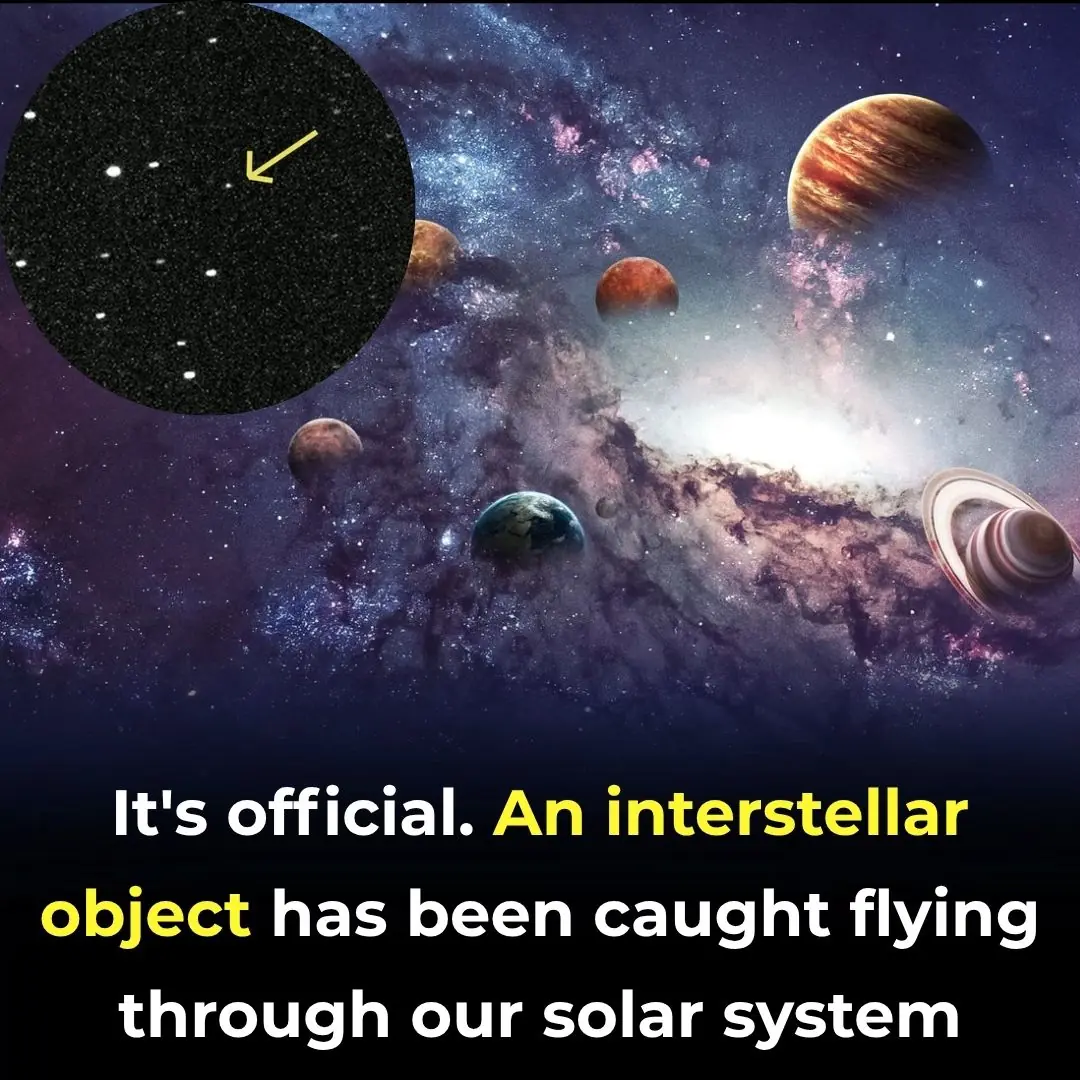
Some People Still Think These Two Buttons Are Only For Flushing
What Are Dual-Flush Toilets?

Dual-flush toilets feature two buttons or levers—one small and one large. Each button activates a different flush mechanism, releasing varying amounts of water depending on the type of waste. The larger button uses around 6 to 9 liters of water, ideal for flushing solid waste, while the smaller button uses just 3 to 4.5 liters, sufficient for liquid waste.
A Simple Concept with Big Impacts

The design is straightforward: two exit valves connected to separate flush buttons. By choosing the appropriate button, users conserve water with every flush. While this may seem like a minor change, it has significant implications for both water conservation and household water bills.
The Origins of Dual-Flush Toilets

The concept was introduced by Victor Papanek, an American industrial designer, in his 1976 book Design for the Real World. The idea was first implemented in Australia in 1980, a country with a long-standing focus on water conservation due to frequent droughts.
How Much Water Can You Save?

A household using dual-flush toilets can save up to 20,000 liters of water annually compared to traditional single-flush systems. That’s a significant reduction, especially in areas where water shortages are a growing concern. Plus, lower water usage translates to lower utility bills, benefiting homeowners financially.
Environmental and Financial Benefits

Installing a dual-flush toilet may have a slightly higher upfront cost, but the long-term savings make it a wise investment. By reducing water waste, dual-flush systems ease the strain on local water resources and wastewater treatment facilities. This makes them an essential tool in promoting sustainability.
Why Are People Still Confused?

Despite their prevalence, many people still aren’t sure how to use dual-flush toilets correctly. A lack of clear instructions often leads to misuse, with many defaulting to the larger button regardless of the type of waste. This undermines the system’s water-saving potential.
How to Use Dual-Flush Toilets Correctly

To maximize water conservation, it’s important to use the right button:
- Smaller Button: Use for liquid waste. This button may be marked with a symbol like a half-circle or small raindrop to indicate its purpose.
- Larger Button: Reserve this for solid waste. It will either be physically larger or have a distinct visual indicator, such as a full circle or larger drop.
Why It Matters

Water is a finite resource, and its conservation is crucial in the fight against climate change and resource depletion. Dual-flush toilets are a small but meaningful way to contribute to water conservation. By adopting this simple habit, individuals can make a significant environmental impact while also saving money.
More Than Just Flushing

Dual-flush toilets are more than a modern convenience; they’re a step toward a sustainable future. Understanding and using them correctly allows individuals to conserve water, save money, and reduce their environmental footprint. So the next time you encounter those two buttons, remember they’re not just for flushing—they’re a simple yet powerful tool for protecting our planet’s most precious resource.
News in the same category

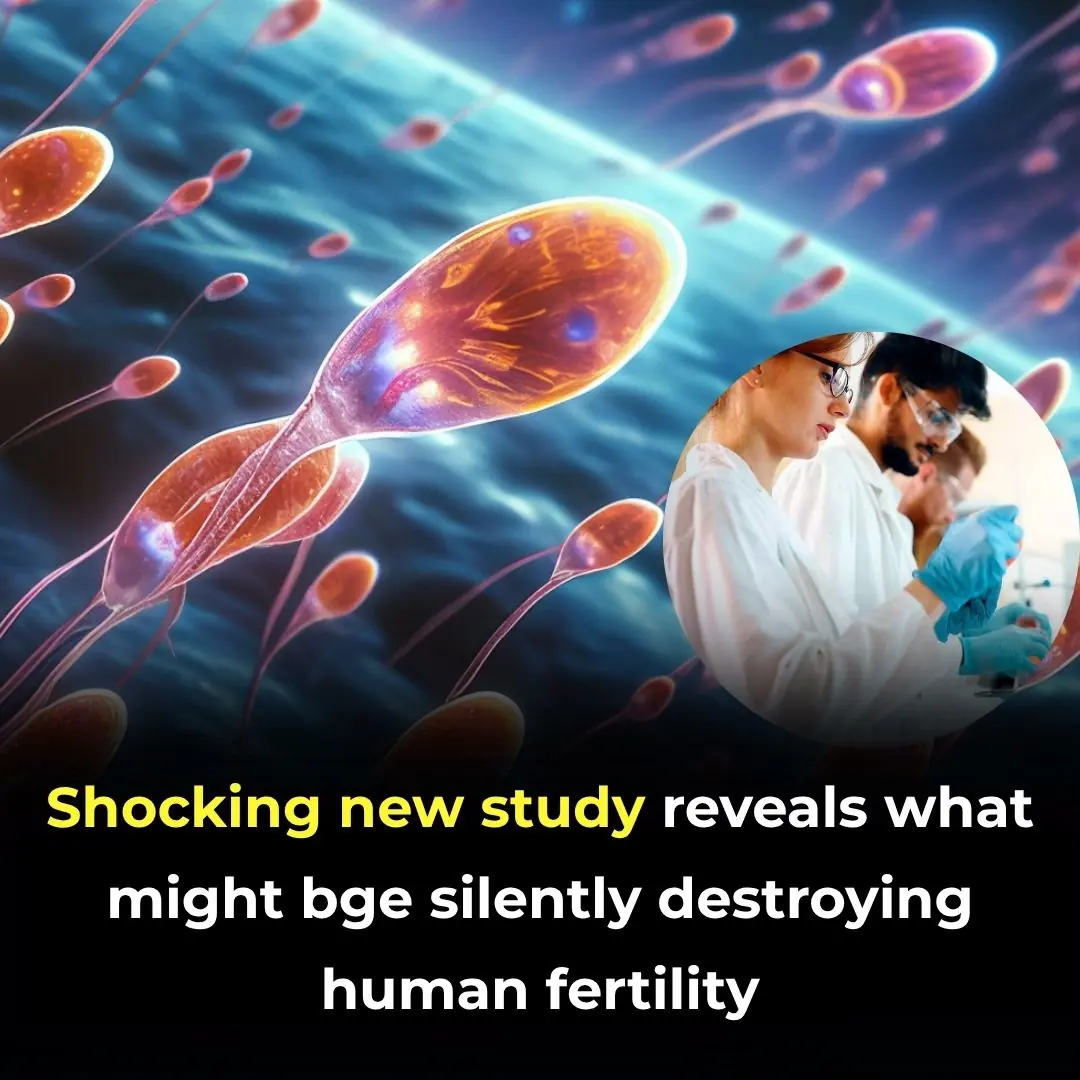
HealthScientists Detect Microplastics In Reproductive Fluids—Potential Infertility Risk

Ancient Inscriptions Inside Great Pyramid Rewrite History Of Its Builders
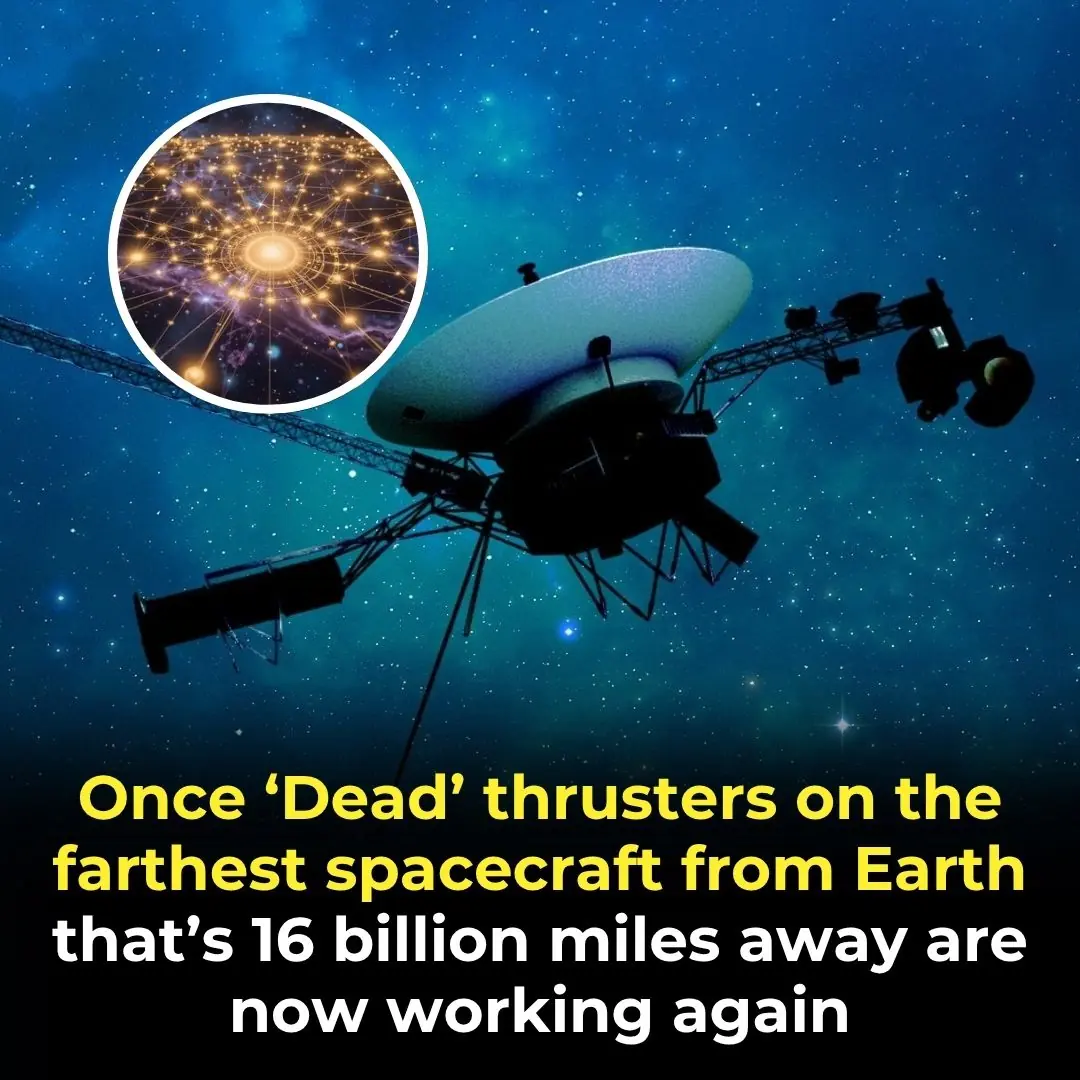
Once ‘Dead’ Thrusters On The Farthest Spacecraft From Earth That’s 16 Billion Miles Away Are Working Again

OpenAI’s Top Al Model Ignores Explicit Shutdown Orders, Actively Rewrites Scripts to Keep Running
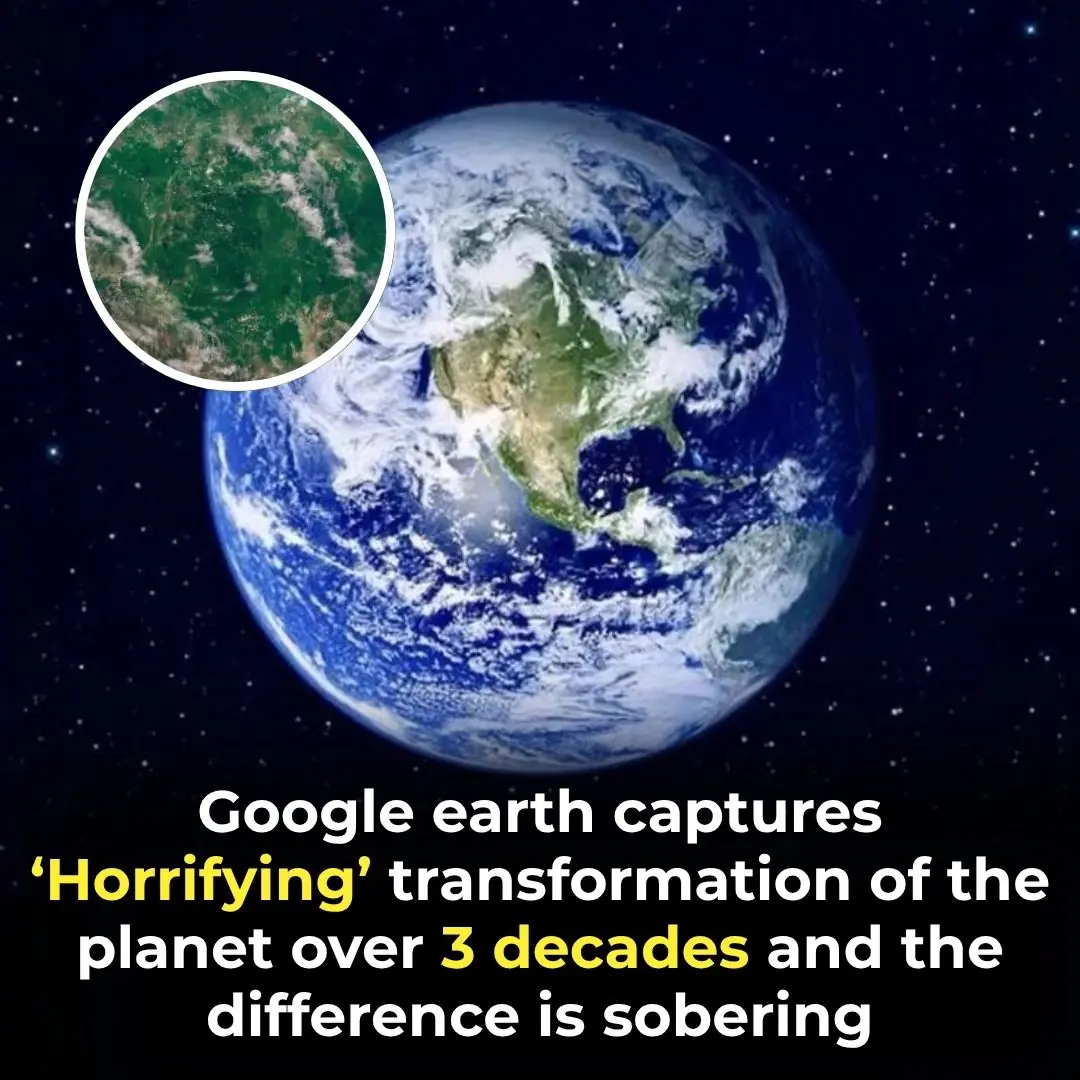
Google Earth Unveils Shocking 37-Year Transformation Of Our Planet

Marine Animal Shows Are Officially Banned in Mexico After Historic Legislative Vote

Denmark Pays Students $1,000 Monthly to Attend University, With No Tution Fees

Protect Your Home and Wallet: Unplug These 5 Appliances When You’re Done Using Them

The Dark Year: What Made 536 So Devastating For Civilization

Elon Musk Claims He’s A 3,000-Year-Old Time-Traveling Alien

The Volume Buttons on Your iPhone Have Countless Hidden Features

10 Safest Countries To Be In If World War 3 Breaks Out

2050 Climate Crisis Death Toll Could Be Catastrophic, Researchers Warn

This Image Has People Perplexed. Can You Solve It?
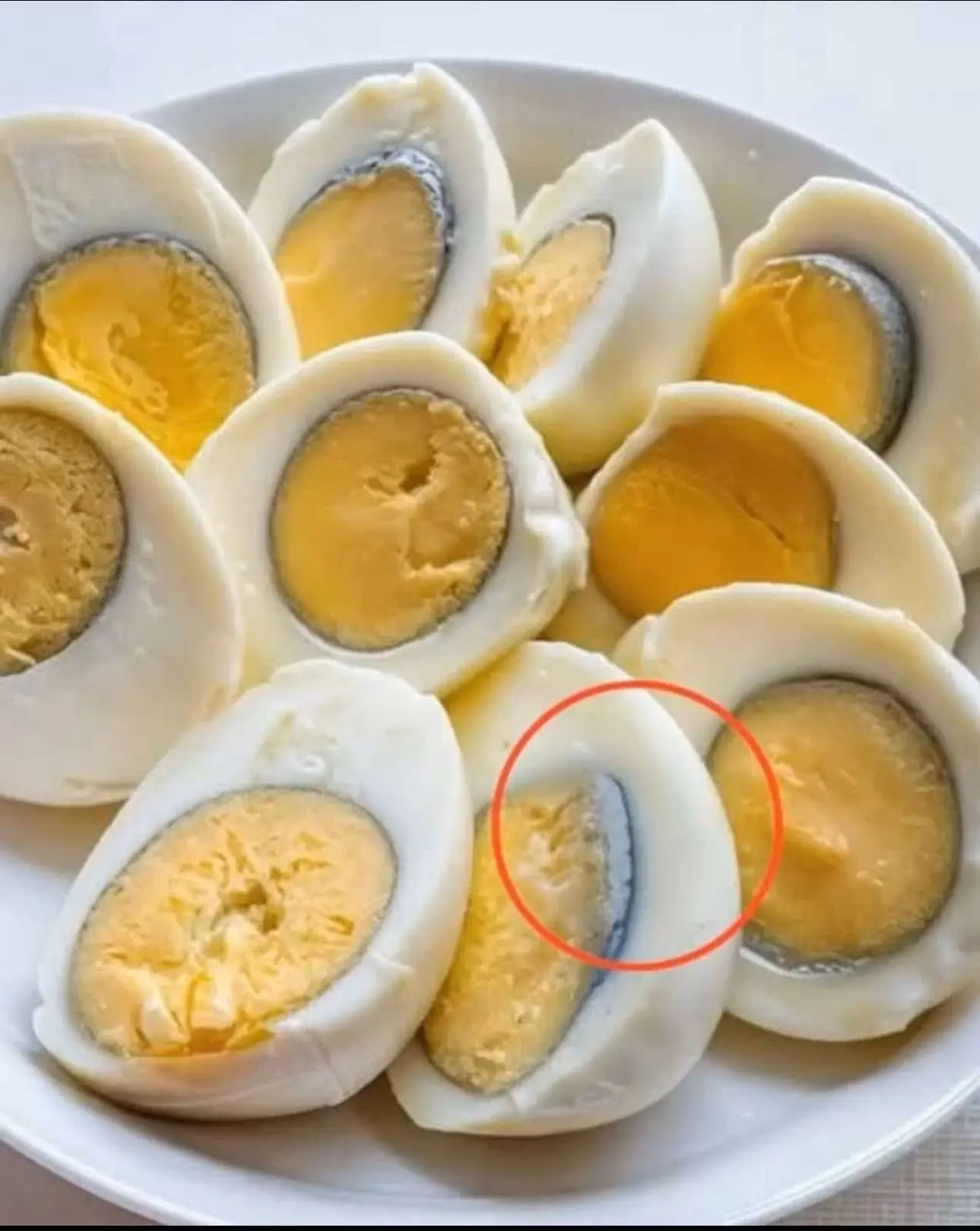
What causes the green ring around hard-boiled eggs?
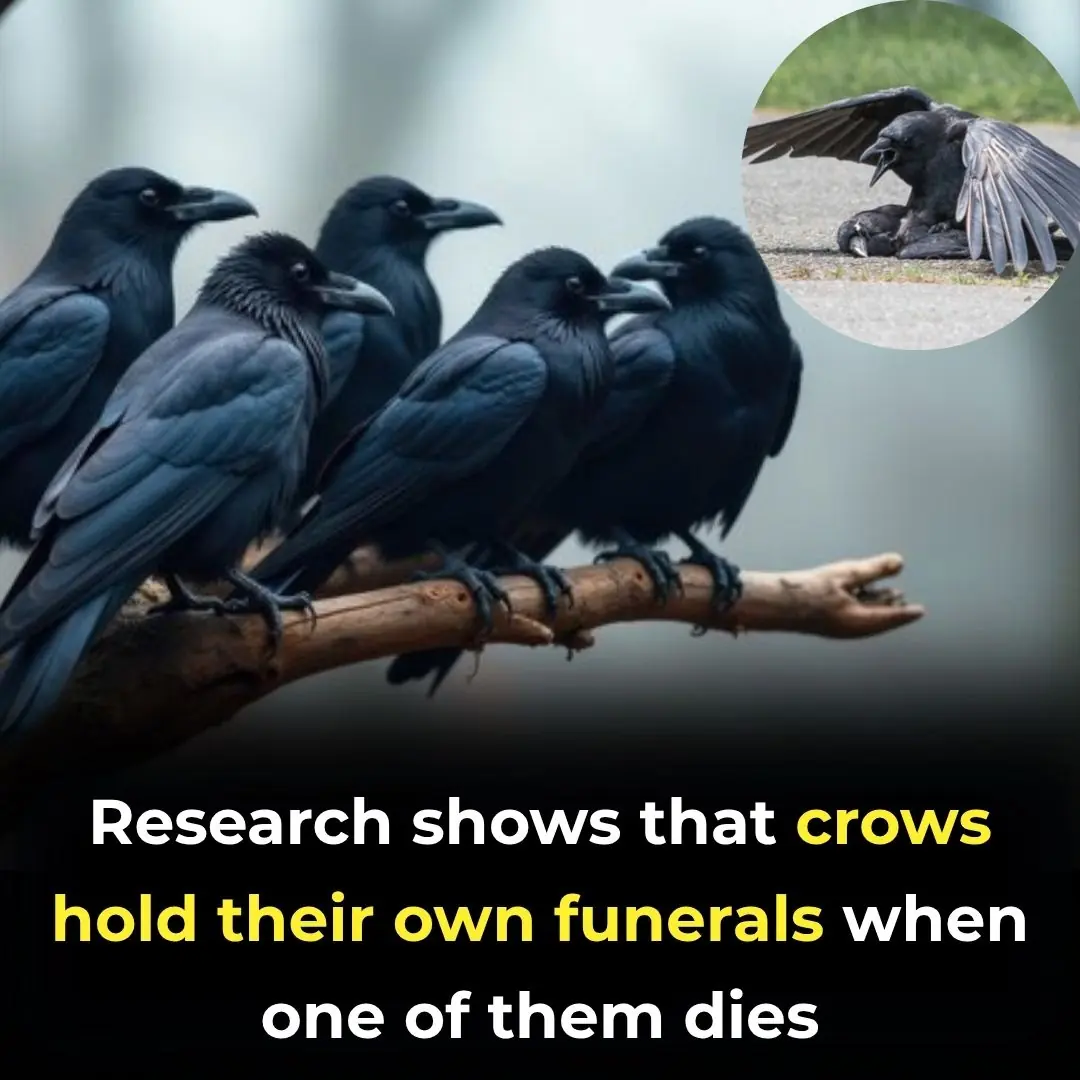
Researchers Discover Crows Hold ‘Funerals’ To Mourn Their Dead
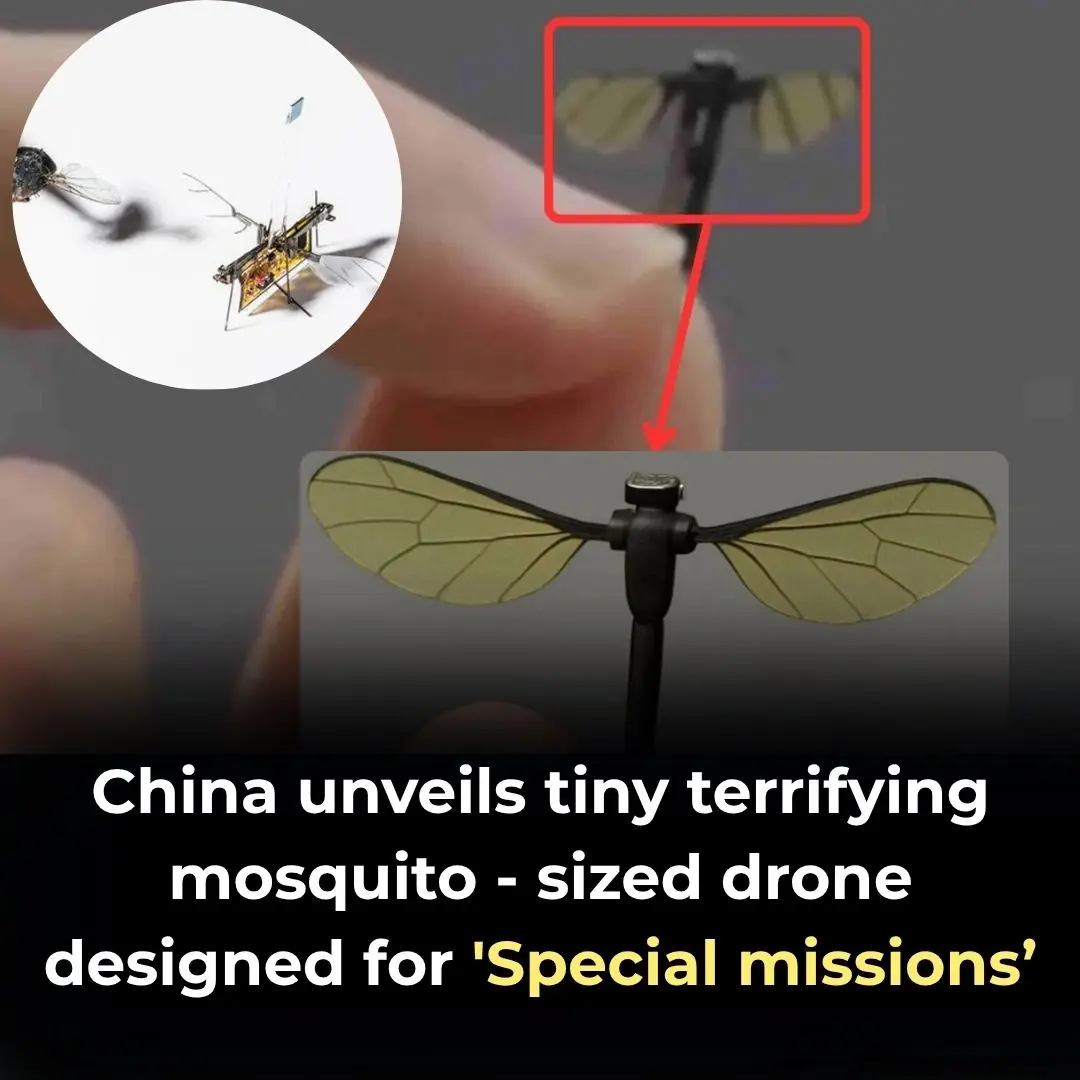
China Unveils Terrifying Mosquito-Sized Spy Drone For Covert Missions
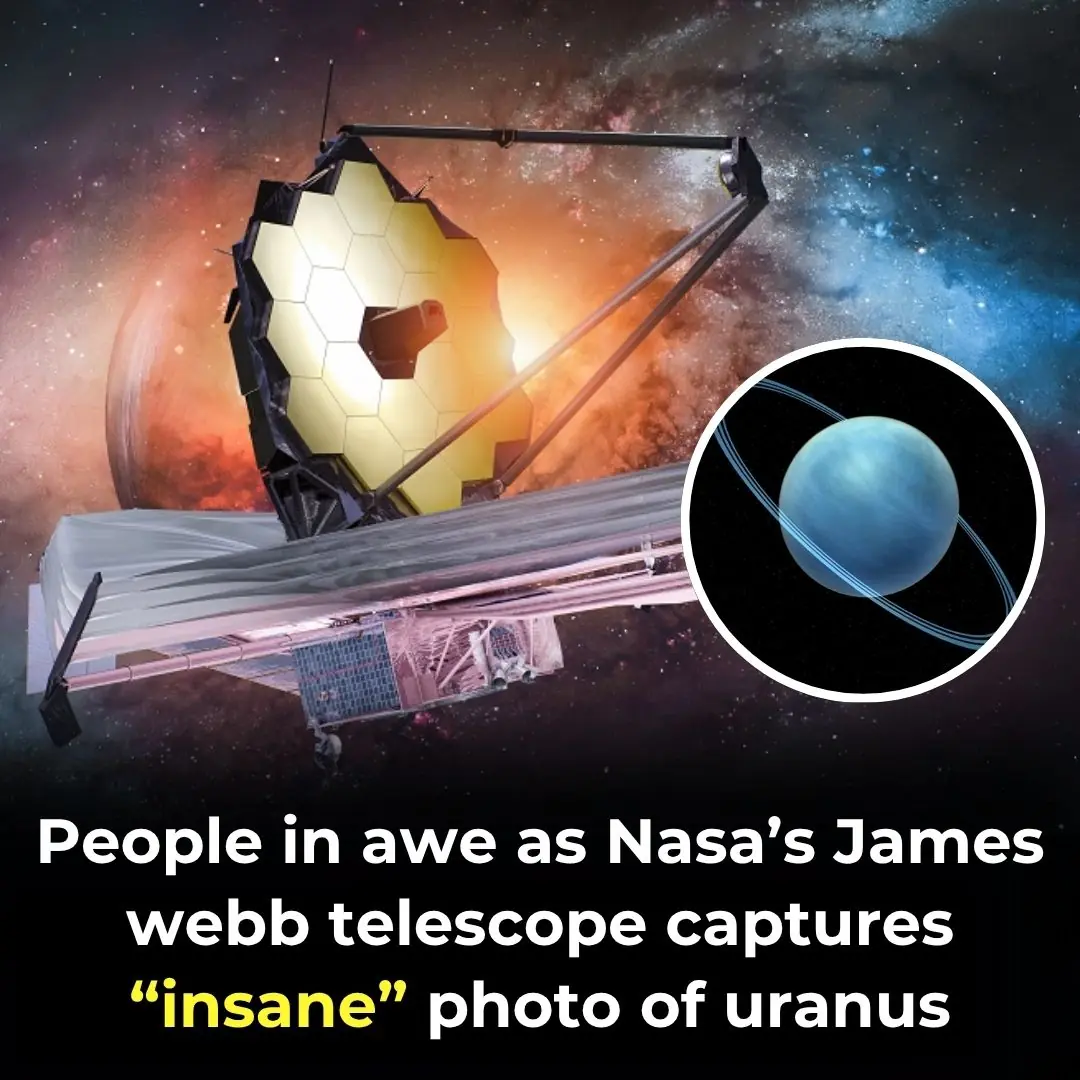
James Webb Telescope Unveils Uranus’s Hidden Features In Striking Infrared Photo
News Post

New interstellar comet 3I/ATLAS is hurtling through the solar system — and you can watch it live online today

HealthScientists Detect Microplastics In Reproductive Fluids—Potential Infertility Risk

Ancient Inscriptions Inside Great Pyramid Rewrite History Of Its Builders

Once ‘Dead’ Thrusters On The Farthest Spacecraft From Earth That’s 16 Billion Miles Away Are Working Again

OpenAI’s Top Al Model Ignores Explicit Shutdown Orders, Actively Rewrites Scripts to Keep Running

Google Earth Unveils Shocking 37-Year Transformation Of Our Planet

Marine Animal Shows Are Officially Banned in Mexico After Historic Legislative Vote

Denmark Pays Students $1,000 Monthly to Attend University, With No Tution Fees

Protect Your Home and Wallet: Unplug These 5 Appliances When You’re Done Using Them
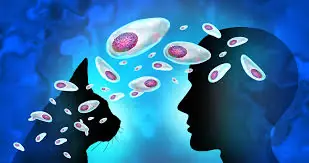
Terrifying Study: Up to 30% of Americans Could Be Infected with Brain-Impacting Parasite

Itching in 9 Areas: A Warning Sign of Malignant Tumors, Number 7 Is the Most Common
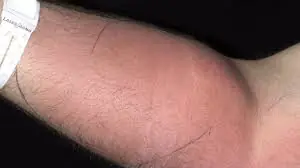
Doctor's "Deeply Concerning" Warning After Man Injects Sperm to 'Cure Back Pain'
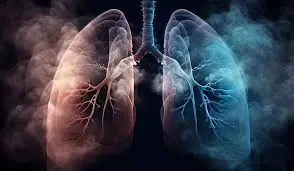
Non-Smoker Diagnosed with Lung Cancer Shares His Only 'Silent' Symptom

The Dark Year: What Made 536 So Devastating For Civilization

Alarming Discovery: High Aluminum Levels Found in Brains with Alzheimer's, Autism, and MS
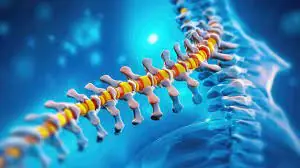
First Human Trial Launched for Stem Cell Therapy to Reverse Spinal Cord Injuries
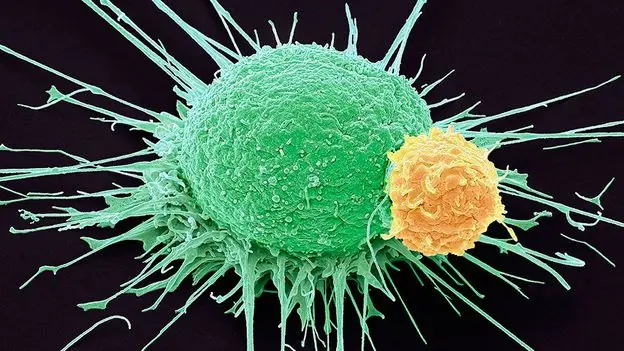
From Despair to Hope: Joe Tippens' Incredible Cancer Recovery Story with Fenbendazole

Elon Musk Claims He’s A 3,000-Year-Old Time-Traveling Alien
